So let’s say you have a home cinema. It’s a 5.1 surround sound speaker package with a larger than life display. Very nice. The visuals are stunning, the sound effects wash over you. Movies never sounded so good…
But…
The ever dreaded caveat: But! “Am I missing something?” “Could it be better?” and “Oh! Have I just thrown my money down the drain?” Well, no, don’t worry. These are the quandaries that lurk at the back of every cinephile’s mind and we’re here to suggest five ways you can improve your home theatre. Some are simple, some more hands-on, but either way, we hope that by the end of it you’ll feel happy with your purchase and maybe even confident enough for future expansion.
1. OPTIMISE YOUR SPEAKERS
Centre speakers
Starting in the middle, let’s look at the centre speaker. Stocky, unassuming, and often an afterthought, you might think your surround speakers are more of a talking point, but spare a moment for your centre channel. It’s more important than you think.
Delivering the majority of the dialogue and a significant proportion of audio effects and soundtracks, let your other speakers deal with bass. Clarity is key here.
For the sake of consistency throughout your package, it’s usually worth sticking with the same manufacturer and range (if possible, of course) rather than creating Frankenstein’s monster out of a speaker system. You’ll find it easier to tonally match these speakers with one another as they’ll generally share the same technologies and materials. Different brands at the same price point may not always be a dead cert for coherency.
If your centre speaker has been placed inside a cabinet or wall aperture, you’re going to want to move it as far forward as possible to make sure the sound doesn’t become trapped. This is an easy way of reducing reverberation and improving dialogue clarity without adjusting your settings.
Best speaker position
Free up an afternoon and take the time to move your speakers around. It’s genuinely the easiest way to improve your home theatre without spending a penny more.
Every room is unique, and every ear is different, so naturally, every speaker layout is something you’re going to have to experiment with to find what works best for you. Use a movie scene or album you know well during testing so you know exactly how the audio is supposed to sound.
The rule of thumb is that you should position your speakers at least two to three feet away from the nearest wall to achieve their intended performance. Too close to the wall and your mid/bass frequencies may start to take on murkier, boomier qualities as sound waves interact with their surroundings.
If you’re pressed for space though, consider bunging your speaker ports. This will diminish the overall bass capabilities of your speakers but should clean up negative interference. Port bungs are usually included with your speakers but are inexpensive if not.
Toe-in or not toe-in?
A lot of home theatres are set up to be aesthetically pleasing rather than acoustically, with their front speakers facing straight forward and parallel to each other.
Whilst this might look great, it may not be the optimal configuration. There’s always going to be a ‘sweet spot’ in your home theatre. This is where the audio sounds best and usually the seat that everyone fights over before the movie starts.
Try keeping your speakers equidistant and angle them towards your listening position. This is called toeing-in and you should find that you get much clearer imaging. Once again, it’s very much trial and error. A lot of manufacturers include technologies in speakers that widen the “sweet spot”, especially ones dedicated to home theatres where there’s usually more than one seat. As a result, you may not need to turn your speakers very far at all to get the best group experience.
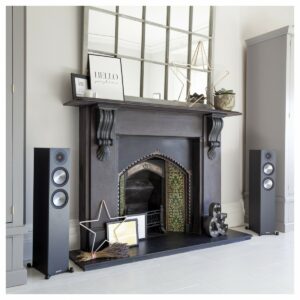 Read the room
Read the room
Let’s be real for a second: Large floor-standing speakers look cool. That’s undeniable. They’re the embodiment of high-power home cinema and a real eye-catcher when you walk into the room. However, they may not always be the best option for you.
Like trying to ram a large screwdriver into a small cross-slot, you might get the screw to turn, but you’re definitely going to leave it looking a little worn down. The same can be said for speakers. Large floor-standing speakers are perfect for filling large cinema rooms but can be overbearing in confined spaces.
Look around your room and ask yourself what you’re trying to achieve. Plenty of large bookshelf speakers deliver a strong presence, especially in collaboration with a good subwoofer.
Receiver Calibrations
Ok, now let’s take a look at what your speakers are all connected to.
Luckily for us enthusiasts, even lower-priced AV receivers seem to come with some sort of user-friendly speaker calibration these days. Whether that’s app control, assisted setup or it’s packed with a measurement microphone, it’s always worth taking the time to balance your speaker channels once they’re set up, especially if you’re setting up in an irregularly shaped room.
Firstly, you’ll want to check the default speaker setting in your receiver.
A lot of receivers offer a ‘Large’ and ‘Small’ option. Don’t let this fool you. It doesn’t have much to do with the physical size of your speakers, but actually whether the speaker is sent very low frequencies. Even if you’re using floor-standing speakers, try setting them to small and let your subwoofer pick up the slack. You can always level the crossover frequency in your receiver to smooth out your overall soundstage.
Also, make sure you run calibrations again if you reposition the speakers or furniture in your cinema room.
2. PUTTING THE 1 IN 5.1
Subwoofers 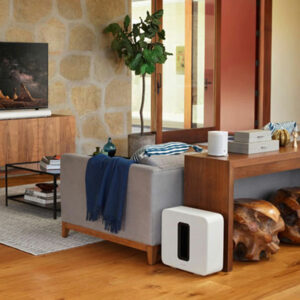
Even if you’re not a fan of big, bombastic, neighbour-bothering bass, adding a subwoofer is a great way of underlining your home theatre’s audio. You’ll get more out of soundtracks, add depth to action and even improve subtle ambience. Anywhere from two-channel soundbars to full home theatres can be enhanced by simply adding a subwoofer.
But what do you do once you’ve got one?
Prominent Hi-Fi manufacturers generally suggest placing subwoofers in the corners of your home theatre if you want to boost the bass output. Similarly to speaker placement, this is something you should experiment with by moving your subwoofer around, nearer or further away from the walls.
Don’t hurt your back though. Some subwoofers can be larger than coffee tables, so get someone to help you if you have a bigger model. You can also use them to see how the bass sounds in different listening spots, especially if you plan on having group movie nights.
A quick tip: If you’re moving the subwoofer to the back of the room, opposite your main speakers, you may find that the drivers are now moving out of sync, creating a less coherent soundscape with diminished bass by creating a cancelling effect. You might be able to mitigate this if your subwoofer has a phase switch or dial. Whilst a dial gives you more control, both will add a delay to the signal so that driver movement is better matched.
3. CONCERNING CABLES
What’s the difference? 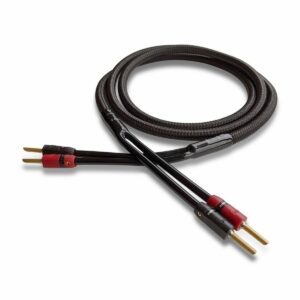
Sometimes it can be all too easy to look at a metre of speaker cable for less than £1 then look at another metre of cable in excess of £30 and think, “copper is copper, right?”
Splashing out on a home cinema and then connecting the cheapest cable you can find is like fitting a race car with partially deflated tyres. Technically, yes, you could drive it, but you’d be hard-pressed to achieve its peak performance.
Investing in higher-priced speaker cables generally means you’ll be adding better external interference insulation and improving the efficiency at which the audio current can pass from your amplifier to your speakers without loss of quality. This varies from brand to brand, but could include purer core materials and more labour intensive manufacturing techniques to improve resistance.
It could also be higher grade cable protection, especially for in-wall, flame retardant or outdoor installation cables.
Bare wire maintenance
Using a bare wire connection is an easy way of saving a few pounds here and there and is great for quick DIY.
However, if you are going to use bare wire speaker cables, be aware that exposed copper will oxidise over time and add another layer of resistance for the current to travel through. If you notice that your surround system isn’t performing as well as it did a year ago, check your connections. A simple fix is to cut away the oxidised copper and trim a couple of inches from the insulation.
4. NOISE MANAGEMENT
Noise is something that can make or break a high-quality home theatre. Rattling equipment or an electrical hum can stick out like a sore thumb and completely ruin your immersion.
Most audiophile-level speakers come with at least some form of vibration dampening, whether that’s rubber bumpers, internal bracing or spike shoes for a steadier grip on carpeted floors, but here are a few ways of taking it to the next level…
Inert filler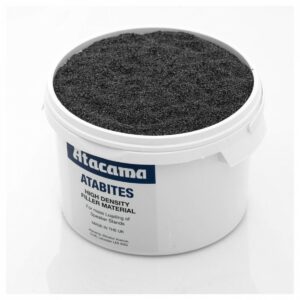
Having your speakers sit at ear level is important. Having them sit at ear level without the speaker stands reverberating is even more so. If your speaker stand is compatible with inert filler, then it’s definitely worth it. These dense granules are made to fill up the hollow centre of your stand and provide a grounding effect.
An added benefit is that they also make your stands harder to accidentally tip over. Just make sure that your stands are compatible first or you might end up with a messy clean-up job.
Isolation Feet
Whether they’re stands, placed underneath a speaker’s feet, or physically screwed into place, investing in a good pack of isolation feet can diminish resonance from travelling into your speakers whilst also dispersing vibrations generated by your drivers. This is especially important for more powerful speakers if you want to reign in muddy bass and enhance detail.
The same is also true for your equipment, though you wouldn’t think so. Isolation pucks work on the same principle to disperse operational humming, preventing it from being picked up by sensitive speakers.
5. CLEAR THE FLOOR
There’s no real secret to these ones. It’s mainly common sense, but clearing the floor of your home theatre is a great way of keeping the room neat and protecting your equipment from pets and children.
It’s easy and cheap, so why not?
Cable Organisation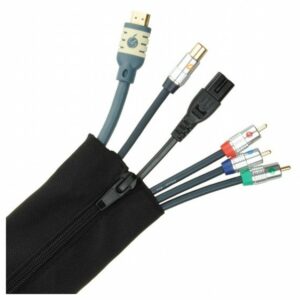
Cable ties aren’t just useful for organisation, they can also be used to separate your power cables from your audio cables. Depending on the level of shielding, the signal travelling through your cable may be more susceptible to interference if not properly protected. Moving them away from sources of interference is a simple precaution against noise leaching into your system without having to upgrade your cables.
Wall-mounting screens
Whilst a lot of TV stands come with a safety strap to stop your screen from toppling head over heels, the best way to protect your TV might actually be wall mounting. TV brackets come in a lot of shapes and sizes, but for the best flexibility, check out full motion. This will elevate your screen, free up space you could use for equipment or speakers and, in the case of large cinema rooms, let you adjust the viewing angle for a large gathering on movie night.
Wireless subwoofer adapters
Harking back to segment two of this blog, if you’re using a powered subwoofer and decided that the best position for it is at the rear of your home theatre, then you could consider a wireless subwoofer adapter. Transmitting the audio signal wirelessly from your amplifier to the LINE IN connection on your subwoofer is a great way of reducing the number of cables in your room.
It’s also a great way of finding the best position for the subwoofer, as you’ll be free from restrictions set by cable length.
We hope that you’ve enjoyed this article and, fingers crossed, learned something new. There’s plenty we didn’t have time to mention, so feel free to browse our site to discover more great home cinema tweaks.
Until next time, put on the popcorn and enjoy the show.

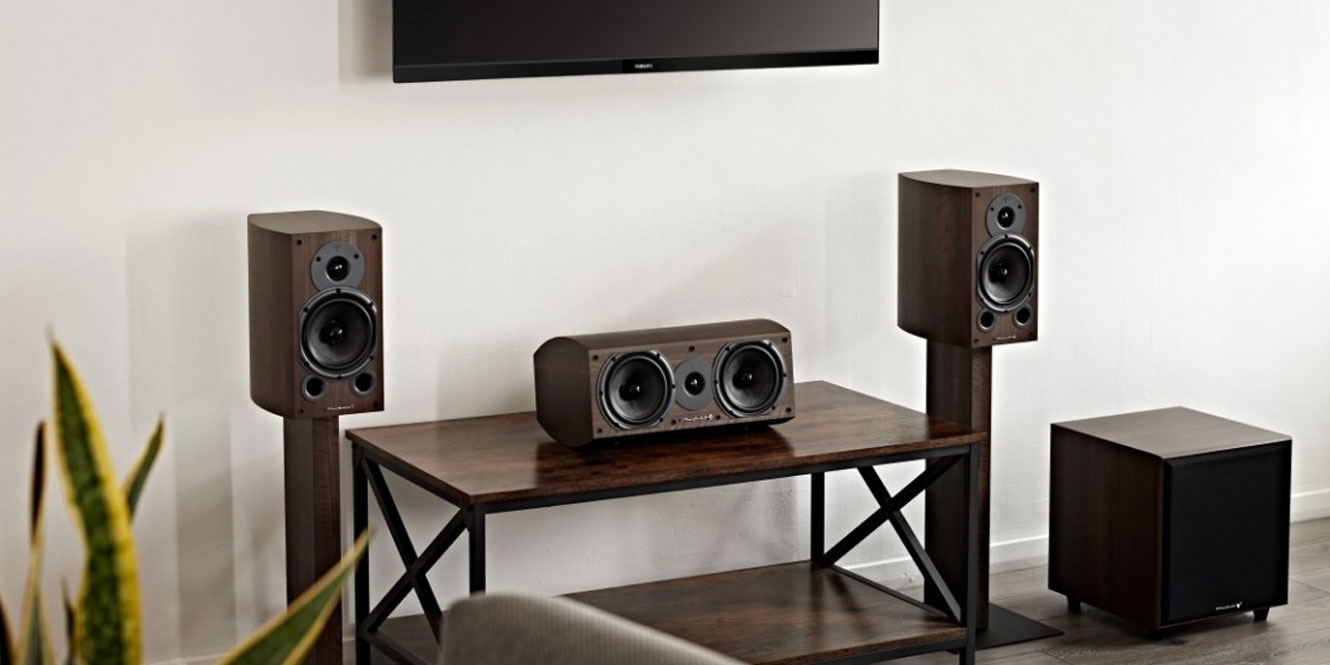

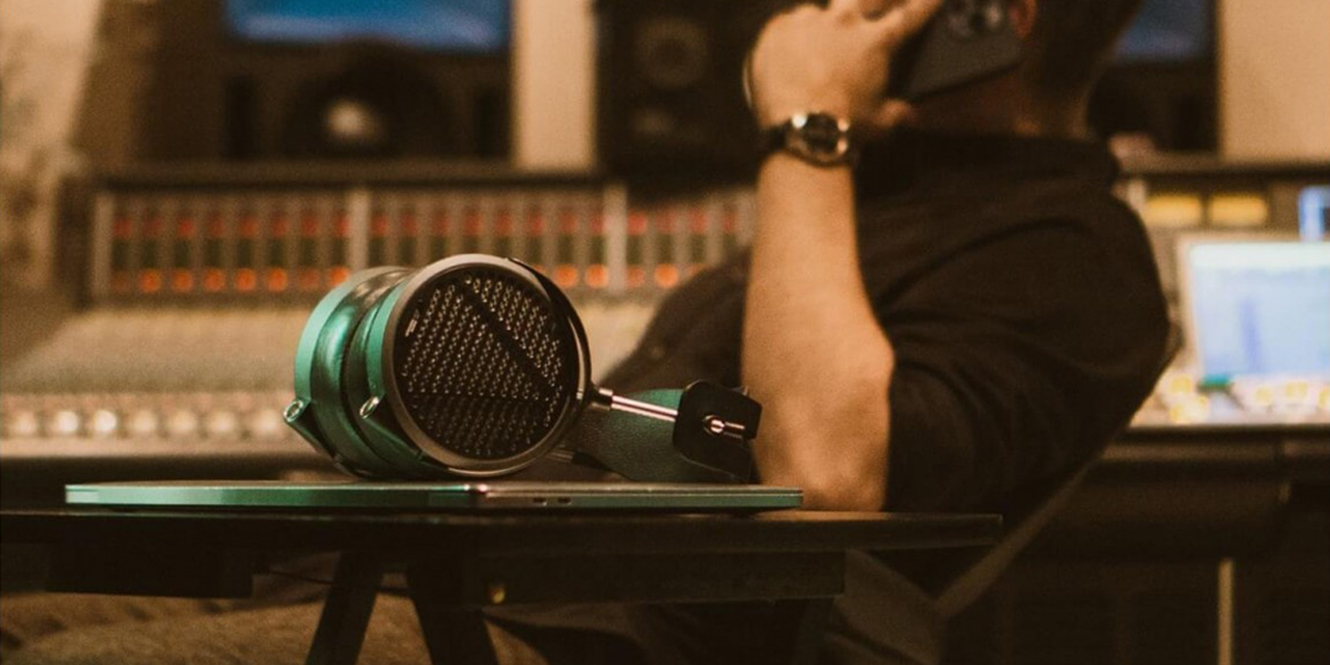

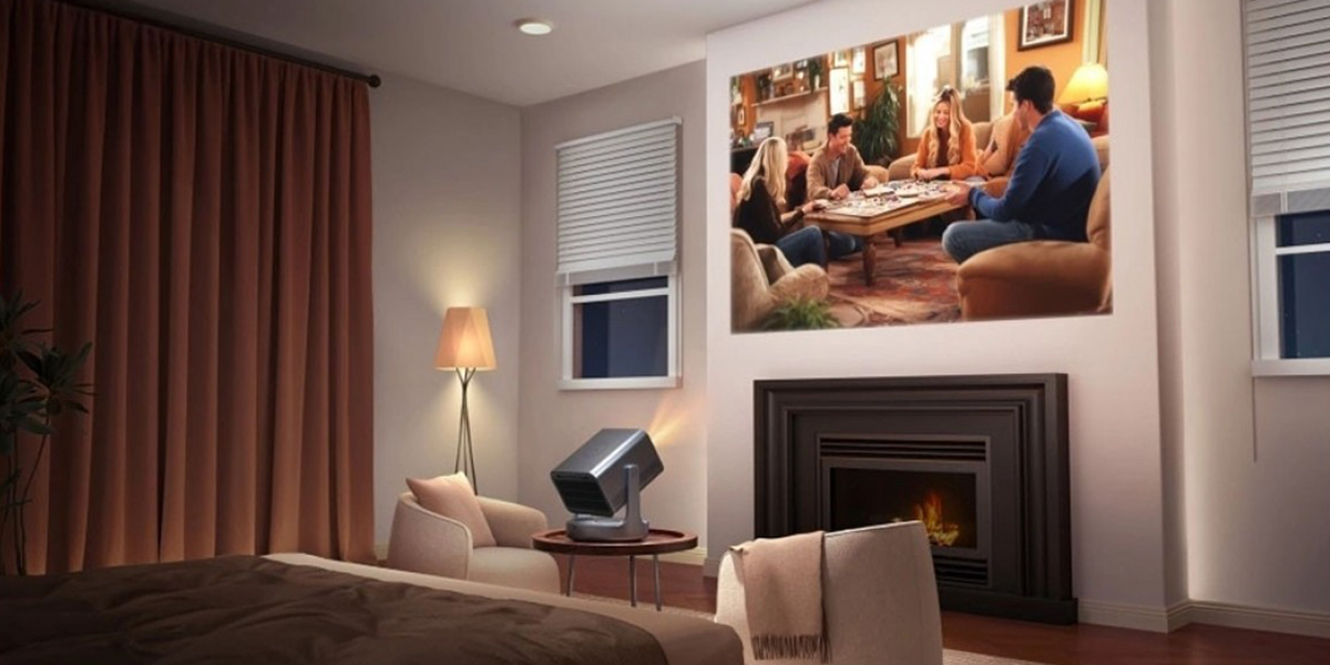





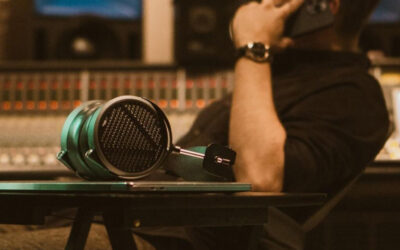

0 Comments